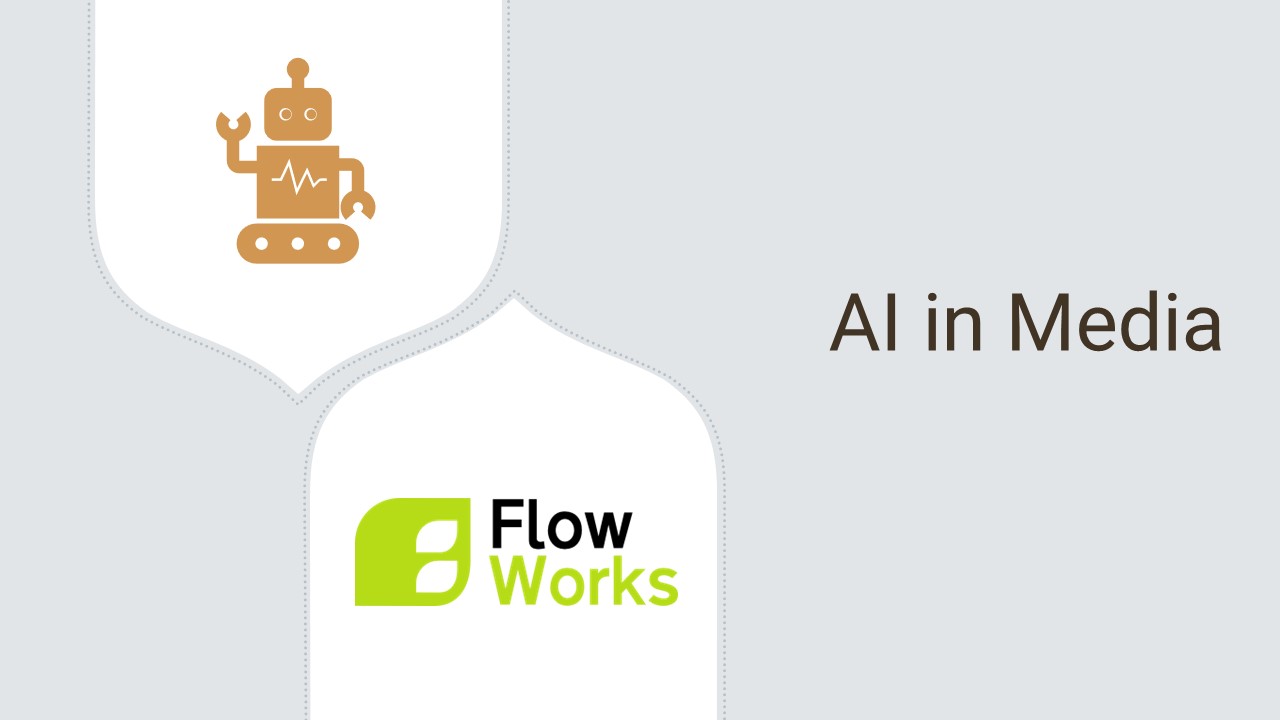When looking „under the hood“ of Media Asset Management systems, there is a heavily complex technical world. We want to briefly delve into this world and explain why the technical architecture and the processes that a MAM system is built on matters. To simplify the topic, we find a good comparison with physical products that are more tangible and familiar to many in terms of performance indicators. Picture yourself buying a car. The first option you are offered at a car dealer is a massive muscle car, say Dodge RAM v10. It is renowned for its exceptional power and towing capacity, thanks to its robust 8.0-liter V10 engine, making it a top choice for heavy-duty tasks and off-road adventures. However, it is extremely expensive, heavily polluting, massive, and not really the futuristic sustainable car that you had in mind. Then you are presented with another option: a lightweight and speedy hybrid car with a price tag a third of the Dodge. It drives like a dream, has an advanced and stable software, is sustainable and has a set of cool features. You are thrilled! This is exactly what you wanted.

What type of MAM systems do these two options represent in terms of system architecture? The Dodge RAM represents the “classical” MAM that operates on CPUs (Central Processing Units). They can perform key MAM functions such as transcoding and processing, but they do this to a high cost and with an inefficient energy consumption, being slower and more limited in terms of capacity than agile alternatives. What CPU-based processing entails is expensive hardware in terms of servers, intense maintenance related to software updates, data backups, and periodic hardware checks as well as operational inefficiency in terms of heavy electricity consumption and blocked Internet lines. As green tech continues to emerge as a mainstream topic, the awareness of digital sustainability is established. The CPU-based, “Dodge RAM”, MAM systems were experiencing their golden days when the amount of media assets was significantly lower, the quality of the material was less demanding, and processing requirements were relatively modest. They have not managed to keep pace with the growing demands of modern media production and management. What is happening today is that the volume of media assets is growing exponentially, the quality of content is consistently improving with higher resolutions and more complex formats, and the demand for faster, GPU-optimized MAM systems to handle these challenges has become increasingly evident. Every single person with a camera or a smartphone can be a content producer with large volumes of media assets. This calls for intelligent and light-weight systems that can manage the content with a sustainable and intelligent modus operandi.

Let’s then look at the futuristic hybid smart-car. What does it do differently from the Dodge? It can use all its engines and inner components in a balanced and optimized way, making use of any one of its components that can perform a specific task most efficiently. For example, instead of using the CPU for tasks such as transcoding, face detection or AI, it makes use of different available GPUs (Graphical Processing Units) or ML (machine learning) accelerators, that can perform the task quicker and more efficient. At the same time, it is not using any computational power of the CPU, which then is free for MAM core functions (such as file handling, database publishing, archiving etc.) and user front ends. While the CPU-based “Dodge RAM” uses 100% of the CPU power, while still performing its tasks much slower compared to its challenger, the GPU-based system consumes only 1% of the CPU-capacity. For example, when the so called “Dodge RAM” system is transcoding at 100% of its capacity, it has no computational capacity left for any other tasks. This means that the user experiences extreme slowness and malfunction when simultaneously using the MAM system – simply because the system already is at its limits. As a comparison, when its counterpart, what we here exemplify as the “smart-car” system, is transcoding, the user will not notice this while simultaneously using the MAM system since the system has 99% of its capacity left for operating normally. In addition, when you need to scale up a “classical” MAM system that we compare with a Dodge RAM car, to, for example operate a growing amount of media assets, or when there is a need to add more users to operate the system, you are forced to buy expensive CPU-based hardware, that equals “muscles” of the Dodge RAM to be able to scale the system. With this, you gain more muscles but remain slow and operate with the same stagnating way as before – not to mention the enormous costs that this comes with.
A MAM system that can perform on the top of its class needs to be flexible and intelligent. Factors such as scalability, capacity and efficiency are at the centre of this. Modularity enables customization and a cost-efficient way to build a MAM system that serves the specific needs of a customer and can easily be extended with new features as new needs emerge. Digital systems are difficult to evaluate from the outside since the performance indicators are not clearly established and the architecture and processes that make the system are so highly complex that few are able to evaluate and understand them. Our advice to anyone searching for a MAM system or wanting to understand more of the topic is to ask any MAM provider of interest about the system architecture, which factors are affecting its capacity and how flexible and scalable the system is and to what cost it is scalable.
What you should go for instead of expensive muscle-power is agility and intelligence.
We at Flow Works see that MAM systems will be an essential tool for anyone operating a large volume of pictures, videos or audio files in the near future. Thus, we are working on solutions that will make agile and intelligent MAM systems available to anyone who is ready to elevate their work around media assets to new heights. If this topic is as fascinating to you as it is to us, we should continue the disucssion together.
#MediaAssetManagement #FlowinMAM #FlowWorks #MAMSystems #DigitalSustainability #CPUvsGPU #HybridTechnology #SmartCarVsMuscleCar #DigitalMedia #DigitalTransformation #AgileSystems #Scalability #Efficiency #IntelligentTechnology #DigitalWorkflows #ContentManagement #TechInnovation #MAMSystemArchitecture #DigitalMediaProduction #FutureTech #DigitalAssets






